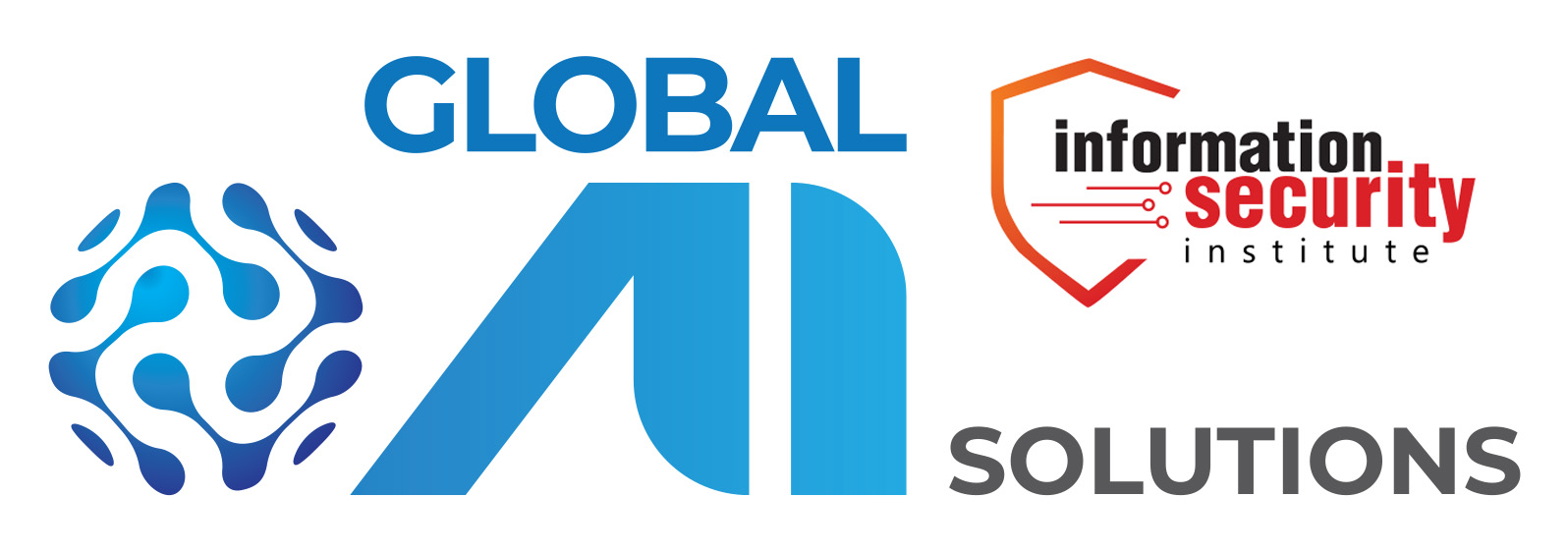A Guide to the CAIO Role. The CAIO develops and drives the AI strategy to align with the organization’s broader digital transformation roadmap and business goals. This involves identifying opportunities where AI can add value, such as improving operational efficiencies, enhancing customer experiences or creating new revenue streams.
The Chief Artificial Intelligence Officer (CAIO) role has become essential as more organizations adopt AI into their business strategy. Unlike the Chief Technology Officer (CTO), who primarily oversees the development and implementation of technology across an organization, the CAIO focuses on strategically deploying AI to transform business operations and drive competitive advantage. Their role involves technology integration and a deep understanding of how AI can enhance decision-making, streamline processes, and improve customer interactions.

The CAIOs critical role.
- Responsible for overseeing the planning and execution of AI projects, ensuring their alignment with the organization’s vision and mission.
- Including developing an AI roadmap, aligning AI initiatives with business objectives
- foster cross-functional collaboration by working closely with various departments, such as research and development, engineering, marketing and data science.
- Identify AI opportunities across different regulations, business functions, knowledge sharing, ethics, and integration of AI solutions.
- knowledge dissemination that empowers employees to understand their responsibilities concerning ethical practices, ensuring that all AI initiatives and deployments comply with ethical guidelines, data privacy regulations and industry-specific standards.
- facilitate employee training programs and awareness initiatives to educate staff about ethical guidelines and data privacy regulations relevant to AI.
- staying abreast of evolving regulatory requirements and adapting AI strategies accordingly bolstering the organization’s overall adherence to ethical and regulatory standards.
- establishing and enforcing ethical AI practices, maintaining transparency in AI decision-making processes and mitigating potential risks related to data bias, and privacy.
- promoting a culture of AI-driven innovation and fostering a culture of ethical awareness and compliance,
- identifying skill gaps, creating training programs and fostering a culture of continuous learning to ensure that the organization has the expertise required to drive AI innovation and implementation. Additionally, they are accountable for building a diverse and inclusive AI workforce.
- Involved in talent management and development, including recruiting top AI talent, nurturing a high-performing team and providing professional development opportunities
- Responsible for evaluating emerging AI technologies, assessing their potential impact on the organization and guiding investment decisions in AI tools and platforms.
- exploration of innovative AI applications, identify opportunities for technological advancement and drive the adoption of cutting-edge solutions to enhance the organization’s competitive advantage.
- setting the strategic direction for the integration and utilization of AI technologies and algorithmic accountability
- includes overseeing the development and deployment of AI solutions that deliver tangible business value.
- The CAIO oversees the measurement of AI performance and the optimization of AI systems.
- involves defining key performance indicators for AI initiatives, monitoring their performance against established benchmarks and implementing iterative improvements to enhance the effectiveness and efficiency of AI applications.
- accountable for evaluating the return on investment for AI projects and adjusting strategies based on performance metrics.
- The CAIO represents the organization in external forums and industry events related to AI.
- the CAIO serves as the company’s ambassador in AI communities, contributes to industry discussions and builds strategic partnerships with external stakeholders, such as academic institutions, research organizations and other AI industry leaders. They are also responsible for shaping the organization’s public image in the context of AI innovation and thought leadership.





